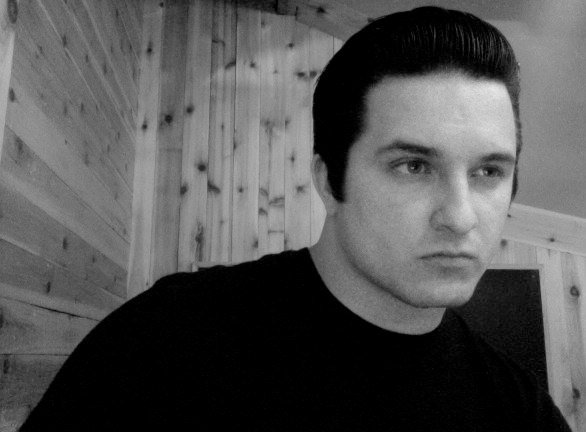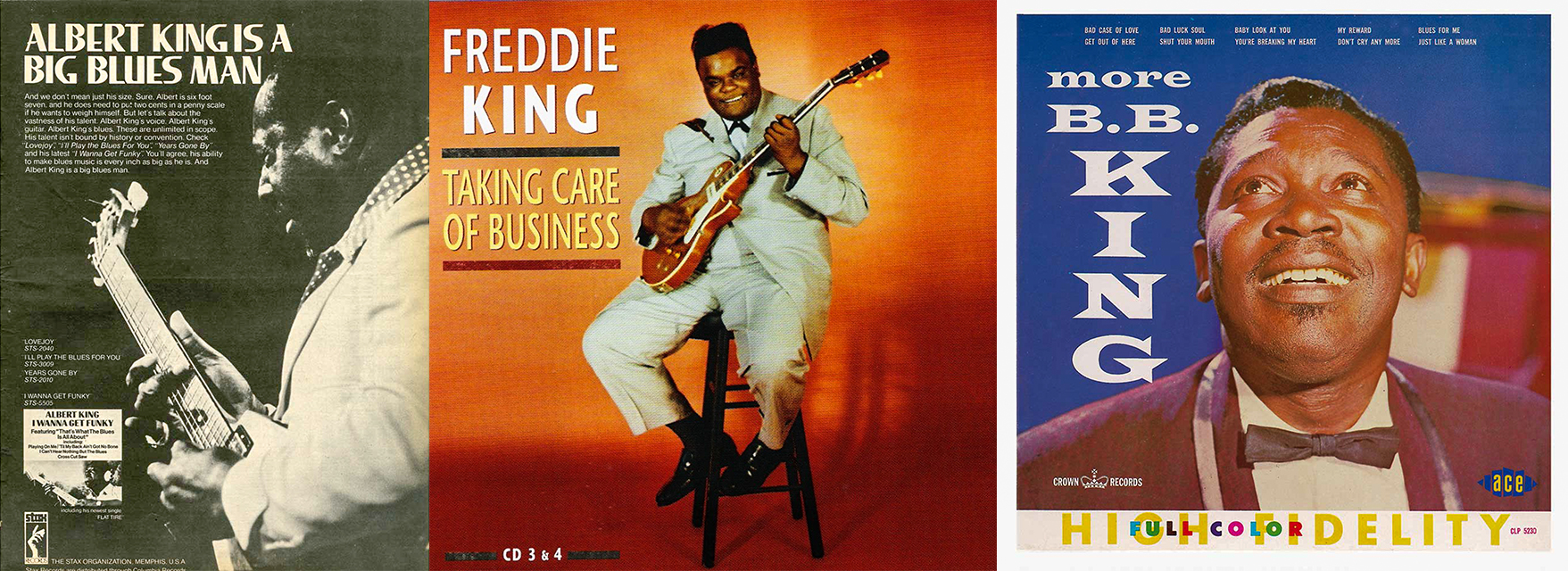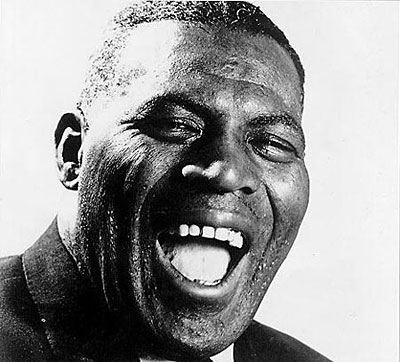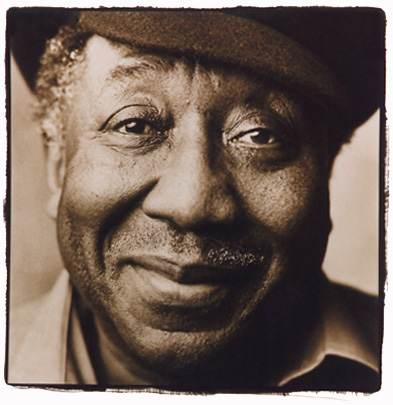 Sometimes exhaustion strikes
Sometimes exhaustion strikes
between the loves and likes
 Sometimes exhaustion strikes
Sometimes exhaustion strikes
between the loves and likes
(This is an old unpublished post form October 2014, when I was training with one of my dance partners in Chicago and she invited me to an Aikido class).
The last week with Ruby Red has been interesting for me for many ways. For the last year, she has been mostly living in her hometown of Chicago and has been studying other movement disciplines like Weightlifting and Aikido.
I decided to accompany her to the Aikido class; something I’ve never experienced before.
I’ve spent many years as a wrestler and a dancer. Aikido seems to me to be an odd combination of dance and blues dancing.
One of the first things that struck me about Aikido was how little tone was used to accomplish the attacks and counterattacks. I spent most of the first class working on dropping muscle engagement; much the way a novice dancer does in Blues Dancing.
I also noticed that like dancing it was much easier to understand what my opponent was giving me to work with. Any tone in them made them easier to move and relaxation in my body made me harder to move.
My background is not in a traditional eastern martial art. I’ve studied some Boxing, some Brazilian Jiu Jitsu, A lot of Wrestling and the martial philosophy I was raised with was heavily influenced by Jeet Kune Do.
In Brazilian Jiu Jitsu, I wore a gi; unlike Aikido there was no veneration of a master or bowing to a shrine.
We train for Boxing and Wrestling in shorts or sweats depending on whether or not they’re trying to make weight for a competition.
Aikido brought with it a sense of tradition, both in the proscribed movements for the attacks and the bows to the sensei each time that assistance was given or a concept/move was demonstrated.
This was very foreign to me. Especially since the moves were named in Japanese and given translation. (Much like attending a Yoga class and using terms like Tadasana instead of Mountain Pose).
In my first week this caused me to itch somewhat. A lifetime of experience pushing me to eschew tradition in favor of expediency was seemingly at odds with this way of learning.
Deciding to open myself up to a new way of looking at things.
Overall, the feeling reminded me of the first time I went to a tango class. There was a lot of vocabulary which seemed to be in a foreign language more to add the feeling of connectedness to the culture where the pastime originated rather than to create clarity for the student.
Because Aikido seems to be a very defensive and reactive art, the attacks in my first class were difficult to reconcile with what I know about leaving openings for your opponent.
It was much easier to accept when I learned that Aikido was originally meant as a fighting style for unarmed opponents to deal with armed opponents. The overhead chop to an opponent was particularly difficult for me to do, and I kept overreaching because it was felt so unnatural to expose my ribcage to an opponent that I couldn’t feel the “right” way to do it.
Eventually though Edward (the very, very patient sensei) helped me to a greater understanding of what the goal was.
There were a few things beyond patience that really impressed me about his teaching style.
I am thankful for the opportunity to work with him in his class.

Recently on a Facebook group I sometimes read, someone asked a question about people feeling fatigue talking about race-, sex-, femin- and may other isms that they are passionate about. Specifically how to approach people about a topic you’re passionate about, but might be tiring or a turn-off for them.
This was my reply:

 I’m writing this post on a three year-old MacBook Pro while waiting for the water in my friend’s electric tea kettle to finish boiling so we can have some Organic Fair-Trade Rooiboos tea. We’ve just finished a 15km bike ride to and from her anti-squat flat in Utrect, Netherlands (It’s like Amsterdam, but smaller, less tourists and feels like city where people live) to get coffee at the StayOkay café at the StayOkay youth hostel run by Hostelling International (It’s so obscure that until today it didn’t even have one review on Yelp!) on 20 year-old 3-speed bikes to get a cup of good coffee and get into “the only think like nature you can get around here.”
I’m writing this post on a three year-old MacBook Pro while waiting for the water in my friend’s electric tea kettle to finish boiling so we can have some Organic Fair-Trade Rooiboos tea. We’ve just finished a 15km bike ride to and from her anti-squat flat in Utrect, Netherlands (It’s like Amsterdam, but smaller, less tourists and feels like city where people live) to get coffee at the StayOkay café at the StayOkay youth hostel run by Hostelling International (It’s so obscure that until today it didn’t even have one review on Yelp!) on 20 year-old 3-speed bikes to get a cup of good coffee and get into “the only think like nature you can get around here.”
It’s then that I realize, I might have become a hipster. (truth be told, I considered myself a hipster in college, when that meant something like rockabilly with the bowling shirts, dickies pants and two-toned shoes – back then we called the modern day hipsters either “Bohemian”, “Art Students” or “Homeless People”, I guess I’m saying I was a hipster before it was cool? Or is it back when it was cool?)
I left Copenhagen station last night on the night train to Amsterdam. If you’ve never taken a night train you have two main options. I sitting car or a sleeper car (couchette), Don’t even get me started on the commuter car option (basically it’s not one, you don’t want it). For the first few stops, I had the room to myself and thought I was a pretty lucky guy. Somewhere in rural Denmark, I was joined by a young almost-college aged kid who was going to his first trip to Amsterdam. His english was just good enough for me to realize that he wasn’t there to see the canals. He was an amiable guy and after awhile I went to the shower room to charge my devices.
When you take the German trains on an overnight trip, sometimes you have modern trains and sometimes you don’t. If you’re lucky enough to be on an old-style train, don’t be surprised if the conductors are a bit grumpy when you ask where you can find an outlet. They’re just as tired of people asking as people are of asking the question.


“The Three Kings of the Blues Guitar” are Albert, Freddie and BB King. Each had an enormous impact on the way we think about blues today.
Read more


Three women who had a huge impact on the world of Jazz, Blues and R&B. Defenitely worth a listen!
Ethel waters started her career in 1920 as a Blues singer- she was, in fact, the 5th woman to record a blues album. In her career, she also performed on Broadway, sang Jazz, blues, pop and show tunes.
Read more

Chester Arthur Burnett (Howlin’ Wolf) grew up the son of divorced share croppers. He was kicked out of his mother’s home at a young age when he refused to work for 18 cents per day. He was sent to live with his mother’s brother who treated him badly and then around age 14, he ran away and found his father’s family; supposedly walking 85 miles barefoot to reach him. His father loved him and they were happy together.
He learned to play guitar from a popular musician of the day, Charley Patton, who taught him how to use the guitar and “might” have given him his nickname.
Read more

Right now I’m traveling the world teaching Blues Dancing and have to good fortune to be staying in the Malmö, Kobenhavn, Helsingborg region of Sweden and Denmark. This luxury is allowing me to offer blues dance classes in three cities simultaneously and to focus more deeply on material than I would otherwise be able to do while on tour.
Read more

 Throwing this in an email because Facebook will manage to lose it. I don’t know if it’s a class thought, a “help me sort this out for myself by talking about it” thought or something to look at in a lesson but…I’m hoping maybe you can at least help me stop making my brain spin every time I think about it.
Throwing this in an email because Facebook will manage to lose it. I don’t know if it’s a class thought, a “help me sort this out for myself by talking about it” thought or something to look at in a lesson but…I’m hoping maybe you can at least help me stop making my brain spin every time I think about it.
So, when I was watching you and Ruby dance, the topic of matching your lead vs being given space to stylize came about, and Ruby commented that the less her lead gives, the more she matches/less flashy her movements are because she has little to respond to from her lead.
Is there ever a point in a class to address that sort of topic? Especially as follows are developing their own styles, we definitely get conflicting messages about styling vs matching. Plenty of times we hear “match your lead” and then in solo classes “move with the music” but at least with a number of MN leads, there’s an assumption that if they place a follow in open position, she is not supposed to match the lead except in pulse.
Personally I agree with Ruby that, sure I can make stuff up and solo, but I’d like to have something to react to from my lead. As dancers, I think we get a lot of “match your partner” and then also “leads, listen to your follow/let her do her own thing” (as far as I can figure out, those aren’t the same thing) and it gets super confusing and frustrating when you think one thing will happen when you place a follow in open and that thing you want, but didn’t explicitly lead, doesn’t happen.
I suppose the gist of this is: how does a lead successfully communicate that he wants a follow to do her own thing, and how does a follow explain, short of having a conversation prior to dancing, that maybe she wants or needs her lead to give her feedback?
Read more